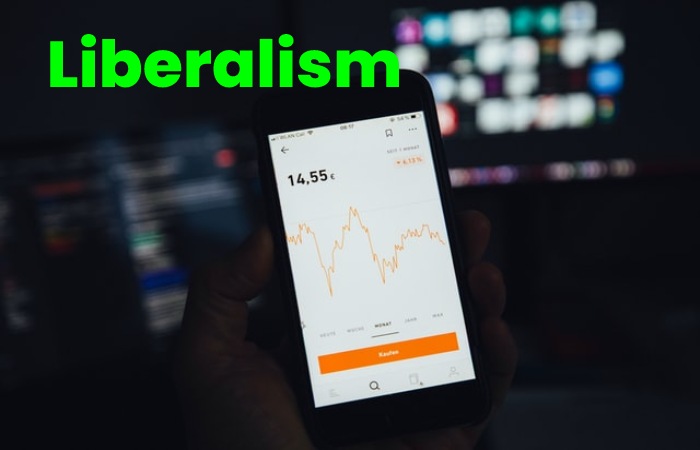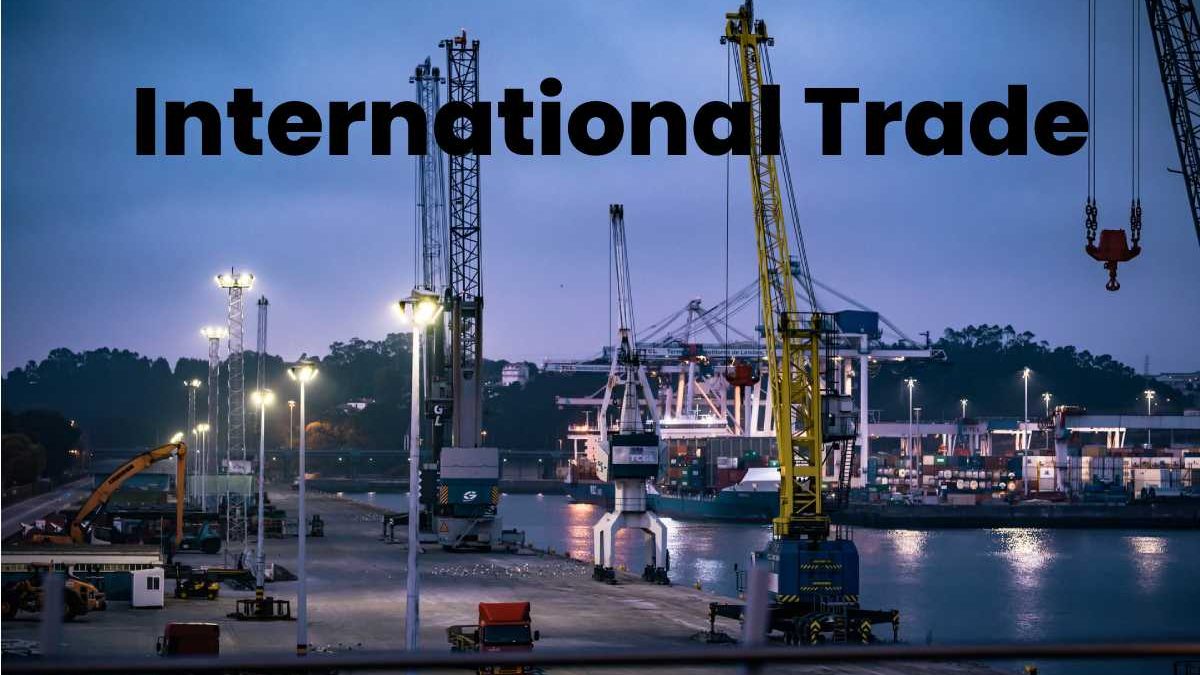International trade, economic transactions that take place between countries. Commonly traded items include consumer goods such as televisions and clothing; means of production such as machines; and raw materials and food products. Other transactions are related to services, such as travel services and payments for foreign patents. International business transactions facilitate by international financial costs, in which the private banking system and the central banks of trading countries play an important role.
Much of the recent past of international relations is associated with promoting freer trade between countries. International work and related financial transactions are often carried out to provide the country with the primary products that it lacks in exchange for those it produces in abundance; such agreements, combined with other economic policies, tend to raise the nation’s standard of living. This article provides a preliminary indication of the structure of international trade and the recognized institutions created to promote this type of business.
Table of Contents
Historical Panorama
European average. Exchanging goods or comforts between different peoples is an ancient practice, probably as old as human history. International trade, however, refers specifically to exchange between members of other nations, and descriptions and explanations of such trade begin (despite the fragmentary discussion above) only with the rise of the modern nation-state at the end of the Middle Ages. Since political thinkers and philosophers were created to study the nature and functions of the nation, trade with other countries became a particular subject of their study. Therefore, it is not astounding that one of the earliest attempts to describe the function of international trade was found within this highly nationalistic line of thought, now known as mercantilism.
International Trade – Mercantilism
Mercantilist analysis, which reached its peak of influence on European thought in the 16th and 17th centuries, focused squarely on the nation’s welfare. He insisted that acquiring wealth, especially gold, was of paramount importance to national politics. The mercantilists took the merits of gold almost as a matter of faith; consequently, they never adequately attempted to explain why the search for gold deserved such a high priority in their economic plans.
Mercantilism was created on the notion of an inevitable conflict of national interests that one nation could only increase its trade at the expense of other countries. Thus, governments were forced to impose price and wage controls, encourage domestic industry, stimulate exports of finished products and imports of raw materials while limiting exports of raw materials and imports of finished products. The state sought to give its citizens a monopoly on its colonies’ resources and trading points.
Mercantilist ideas were often intellectually shallow. Their trade policies may have been little more than a rationalization of the interests of a growing class of merchants who wanted larger markets, hence the emphasis on expanding trade, exports, and protection of the competition, in the shop. Consequently, the trade policy dictated by the mercantilist philosophy was simple: encourage exports, discourage imports, and turn the resulting export surplus into gold. The form of the goods presented.
Liberalism

In the center of the 18th century, a strong reaction began to form in addition to mercantilist sentiments. Economists and business people opposed excessively high and often prohibitive customs tariffs and called for trade deals with foreign powers. In France, the economists known as the Physiocrats demanded freedom of production and trade. In England, the economist Adam Smith confirmed in his book The Wealth of Nations (1776) the benefits of lifting trade restrictions. This attitude changed to several agreements reflecting new liberal ideas about trade, including the Anglo-French Treaty of 1786 that ended the tax war between the two countries.
After Adam Smith, the fundamental doctrines of mercantilism no longer considered untenable. However, it did not mean that the towns abandoned all the rules of mercantilism. Restrictive economic laws were now justified by the government’s right. Therefore, to keep foreign products out of the domestic market to a certain extent, with instructions to protect domestic production from foreign competition. To this end, customs duties introduced in ever-increasing amounts, replacing outright import bans, which became less and less repetitive.
In the 19th century, protective customs policies effectively removed many national economies from open competition. The French tariff of 1860, for example, imposed excessively high rates on British products: 60% on pig iron; 40 to 50 pieces on machines; and 600 to 800 per cent in wool blankets. Transportation costs between the two countries provided additional protection.
The triumph of liberal ideas was the Anglo-French trade agreement of 1860. Which reduced French protection rights to a maximum of 25% in five years. And the free entry into Great Britain of all French products, except those wines. Other European trade treaties trailed this agreement.
International Trade – Resurgence of Protectionism
The defense reaction spread throughout the Western world in the second half of the 19th century. Germany pursued a consistent protectionist policy, and most other countries soon followed suit. Shortly after 1860, through the Civil War, the United States dramatically increased its tariffs; The McKinley Tariff Act of 1890 was very protective. The United Empire was the only country that remained faithful to the ideologies of permitted trade.
But the protectionism of the vast area of the 19th century mild compared to the mercantilist policies that prevailed in the 17th century and resurfaced between the two world wars. In 1913 broad economic freedom stayed. Quantitative restrictions were unprecedented, and customs tariffs were low and stable. The coins were freely convertible into gold, the usual international currency. There were a few problems with the balance of payments. People who wanted to settle and work in the country could have several restrictions; they were free to open businesses, engage in trade, or export capital. Equal opportunity to strive was the general rule. And also, except limited customs preferences between certain countries, usually between the country of origin and its colonies. In 1913, trade in the Western world was more accessible than in Europe in 1970.

